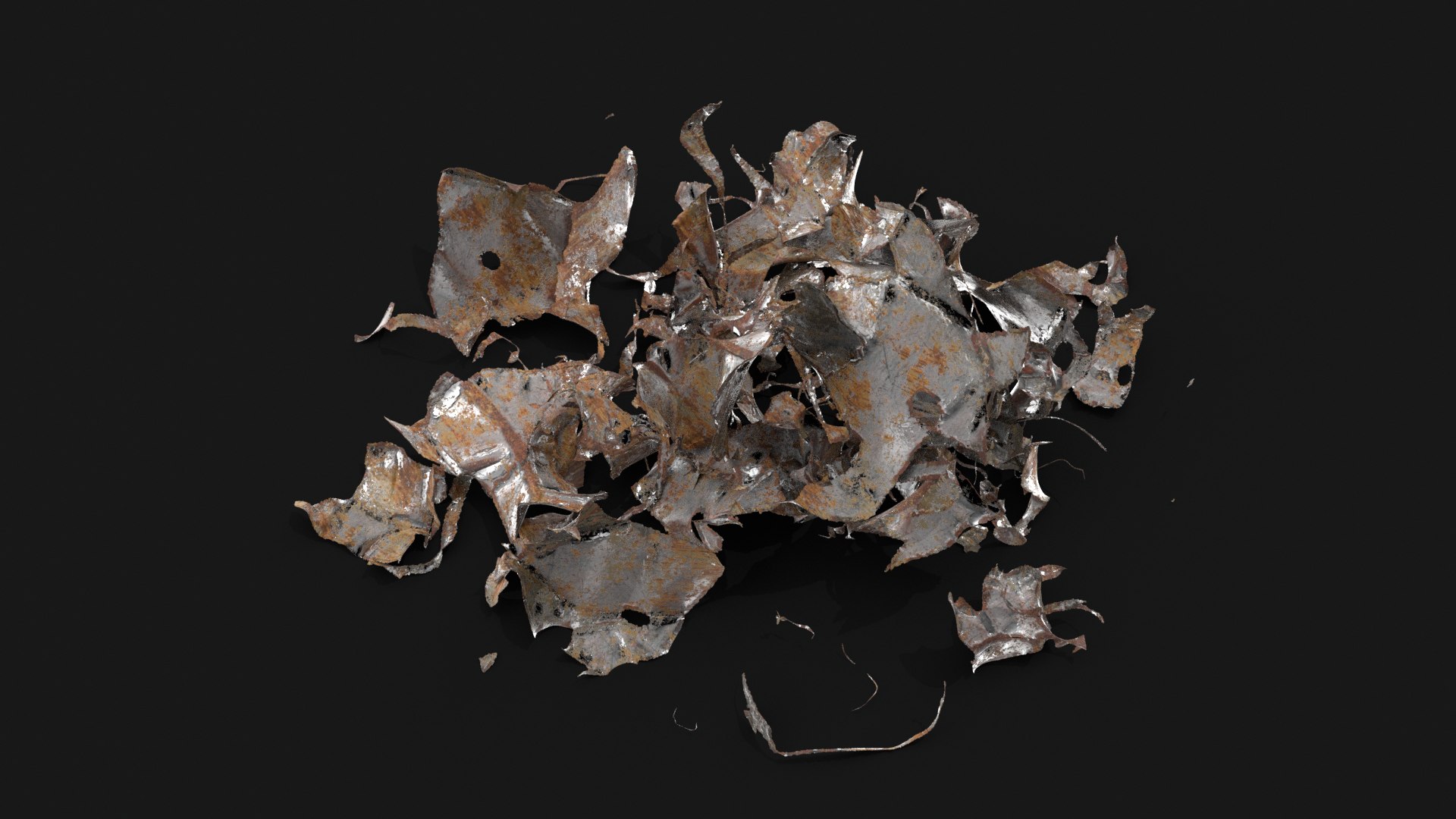
Shrapnel is a term that has become synonymous with devastation and destruction. It refers to the fragments that are propelled into the air after an explosion, causing harm to people, objects, and infrastructure in its path. Understanding shrapnel and its impact is crucial in comprehending the true power of weapons and the grim reality of war.
In this article, we will delve into 18 fascinating facts about shrapnel. From its origins and uses in warfare to its effects on human bodies and the advancements in protective technologies, we will explore the multifaceted world of shrapnel. So, fasten your seatbelts as we embark on a journey to uncover the nitty-gritty details of this lethal byproduct of explosions.
Key Takeaways:
- Shrapnel, metal fragments from explosives, has been used in warfare since the 1800s, causing severe injuries and shaping modern warfare. It’s still a threat in modern conflicts, posing dangers to both military personnel and civilians.
- Shrapnel can cause devastating injuries, impacting both physical and mental health. Advances in medical technology have improved survival rates, but the threat of shrapnel remains a significant concern in conflict zones.
What is Shrapnel?
Shrapnel refers to fragments of metal, typically from an explosive device or shell, that are propelled at high velocity and can cause significant damage upon impact.
Origin of the Term
The term “shrapnel” originated from the name of a British artillery officer, Lieutenant General Henry Shrapnel, who invented an anti-personnel shell in the early 19th century.
Types of Shrapnel
There are two primary types of shrapnel: spherical and irregular. Spherical shrapnel is often produced by explosive devices, while irregular shrapnel is formed by the fragmentation of shells or other metal objects.
Historical Use
Shrapnel has been used in warfare since the early 1800s, initially as anti-personnel projectiles and later in anti-aircraft shells.
Modern Applications
Shrapnel is still employed in modern warfare, both as a standalone projectile and as part of explosive devices such as improvised explosive devices (IEDs).
Deadly Effectiveness
Shrapnel can cause severe injuries, including penetrating wounds, amputations, and internal damage, making it a highly effective weapon of war.
Shrapnel and Ballistics
The trajectory and dispersion pattern of shrapnel are determined by factors such as angle of impact, velocity, and the composition of the explosive device or shell.
Protective Measures
Military personnel and civilians in conflict zones often wear protective gear, such as body armor and helmets, to mitigate the impact of shrapnel injuries.
Shrapnel as Art
Shrapnel fragments have been repurposed by artists to create sculptures and other works, highlighting the destructive nature of war.
Shrapnel in World War I
World War I witnessed the widespread use of artillery shells containing shrapnel, leading to devastating casualties and shaping modern warfare.
Shrapnel and Trench Warfare
Shrapnel played a significant role in trench warfare, where artillery barrages rained down shrapnel upon enemy trenches, causing havoc and destruction.
Shrapnel and Injury Severity
The severity of shrapnel injuries depends on various factors, including proximity to the explosion, size of the shrapnel fragments, and the body’s position.
Medical Advances
Advancements in medical technology and techniques have greatly improved the survival rates and treatment outcomes for individuals injured by shrapnel.
Civilian Casualties
Shrapnel poses a significant threat to civilian populations in conflict areas, often causing collateral damage and civilian casualties.
Shrapnel and Psychological Impact
The psychological impact of shrapnel injuries can be long-lasting, leading to post-traumatic stress disorder (PTSD) and other mental health issues.
Shrapnel in Bombing Attacks
Shrapnel is frequently used in bombing attacks, intended to maximize casualties and create fear and chaos among the targeted population.
Shrapnel Removal
Surgical procedures are often required to remove shrapnel from the body, as leaving fragments inside can lead to infections and other complications.
The Dangers of Unexploded Shrapnel
Unexploded shrapnel poses a significant danger even after the initial explosion, as it can still detonate unexpectedly and cause further harm.
Conclusion
In conclusion, shrapnel is a perilous component of explosive devices that can have devastating effects on the human body. It is important to understand the nature of shrapnel, its trajectory, and the types of injuries it can cause. By learning about the various ways shrapnel can be produced, the materials it is made from, and the mechanisms through which it inflicts damage, we can better protect ourselves and others from its deadly impact.Shrapnel serves as a reminder of the destructive power of explosive devices and the importance of taking necessary precautions in combat scenarios, wartime situations, and even in our daily lives where the risk of explosive accidents exists. Understanding the dangers posed by shrapnel allows us to develop effective safety measures and protect ourselves from its lethal consequences.
FAQs
Q: What exactly is shrapnel?
A: Shrapnel refers to the fragments of metal or other materials expelled from an explosive device during detonation.
Q: How is shrapnel produced?
A: Shrapnel can be produced through various means, including intentionally designed shrapnel shells, improvised explosive devices (IEDs), or even the accidental fragmentation of objects in close proximity to an explosion.
Q: What are the common materials used for shrapnel?
A: The materials used for shrapnel can vary, but commonly include metal fragments such as steel, copper, or lead, as well as non-metallic fragments like glass or ceramic.
Q: What kind of injuries can shrapnel cause?
A: Shrapnel can cause a wide range of injuries, including penetrating wounds, lacerations, fractures, internal injuries, and can even lead to amputations.
Q: How does shrapnel travel after an explosion?
A: Shrapnel can travel at high velocities and follow irregular trajectories. It can ricochet off surfaces, penetrate walls, and even travel long distances, posing a significant threat to anyone within its range.
Q: How can one protect themselves from shrapnel?
A: Taking cover behind solid structures, utilizing protective gear, and following safety protocols can help minimize the risk of injury from shrapnel. It is crucial to remain vigilant in scenarios where explosions may occur.
Shrapnel's devastating impact on warfare is undeniable. Understanding its history and effects provides valuable insights into the harsh realities of combat. After exploring shrapnel's deadly nature, consider delving into more practical matters for everyday life. Discover essential accessories like reliable USB car chargers to keep devices powered during travel.
Was this page helpful?
Our commitment to delivering trustworthy and engaging content is at the heart of what we do. Each fact on our site is contributed by real users like you, bringing a wealth of diverse insights and information. To ensure the highest standards of accuracy and reliability, our dedicated editors meticulously review each submission. This process guarantees that the facts we share are not only fascinating but also credible. Trust in our commitment to quality and authenticity as you explore and learn with us.


